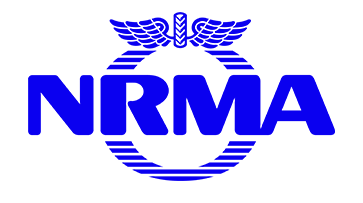Street Smart
Off-road motorcycle safety
Off-road motorcycle safety
Off road motorcycles are 2-wheeled vehicles that require the user to shift their body weight while riding. People do not need a licence to ride them as long as they are not on public roads. Off-road motorcycles are popular for sports and recreation but also farm use as well.
How may a child be injured?
Injuries occur in a variety of settings (e.g. at home, on farms, in recreational areas and at Motocross competitions). Children sustain injuries from collisions, rollovers, falls and from jumps. Children may collide with objects and other riders, causing injuries to themselves and others. Loss of control is the most common cause of injury. This is because children aged less than 10 years lack hazard perception and the ability to control speed.
Falls
• Falls may result in severe fractures, abdominal, head and chest injuries.
Cuts and bruises
• Children may sustain cuts and bruises, particularly when they are not wearing full body protective clothing.
Strangulation
• Children may suffer strangulation if riding under a clothesline or fence. This injury occurs during times of poor visibility or if terrain is uneven.
Struck by object
• Children may collide with objects and other riders, causing injury to themselves and others.
• Children may be injured when the motorcycle tips over and falls on them.
In NSW between 2003 and 2012 there were 13 deaths of children aged 0-17 from off-road motorcycles, otherwise know as “dirt bikes”.
The likelihood of serious injuries rapidly increases when riders start doing jumps. Children injured from jumps suffer more severe injuries.
Is there a Law or an Australian Standard for off-road motorcycles?
Riders of motorcycles on NSW roads must be at least 16 years and nine months and obtain a rider licence by completing a training course and knowledge test. However there are no requirements to use motorcycles off-road on private property.
Significant fines apply for riding off-road motorcycles on public land, which includes State Forests and National Parks.







